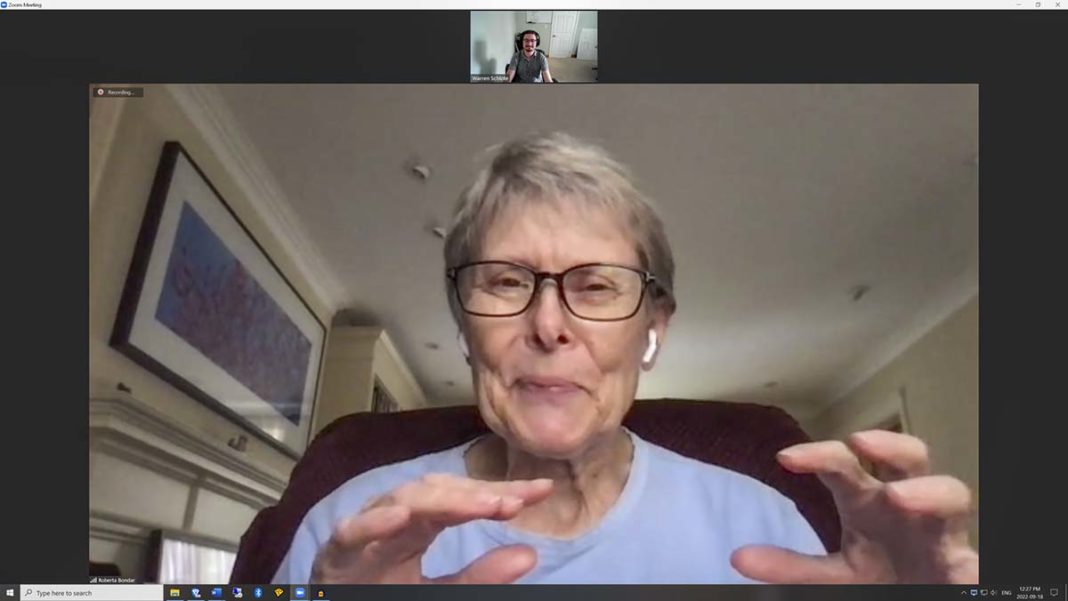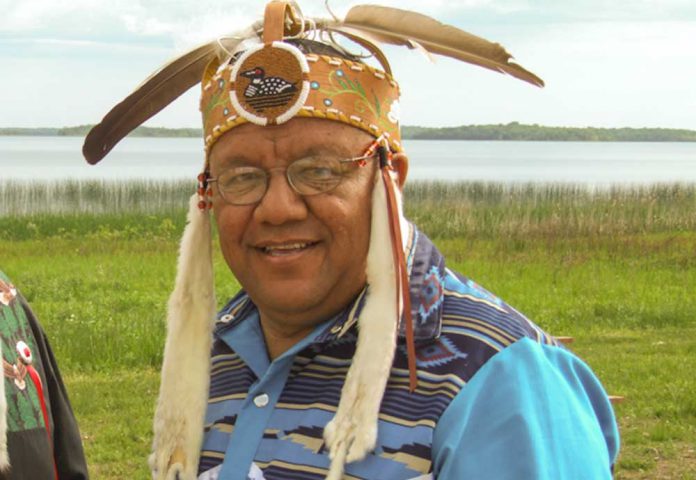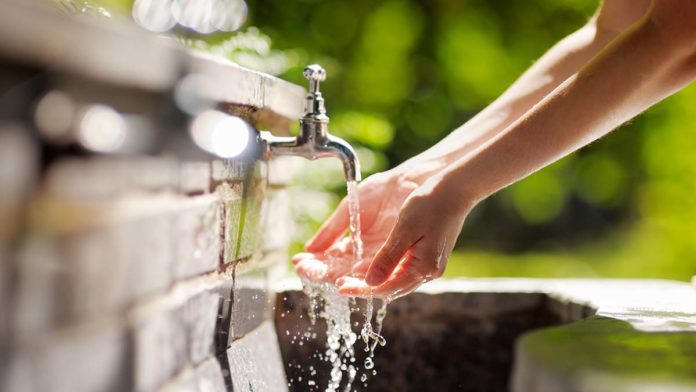NASA’s imminent space launch crew includes Indigenous woman
CAPE CANAVERAL, FLORIDA—October 3 will be a historic day as the first Native American woman travels to space on a NASA mission, but the effects of that trip may go even farther back on Earth.
At a time when more parts of the world recognize the value of including Indigenous and other diverse perspectives in once-exclusionary fields, this Monday’s planned space flight could be an important moment. Astronaut Nicole Aunapu Mann, who is Wailacki, will be aboard the NASA and SpaceX Crew-5 mission to the International Space station.
With that trip, Ms. Mann will become the first Native American woman in space, following the 2002 flight of Chickasaw Nation member John Herrington, the first Native American man in space.
Back on Earth, many people will look to the heavens and see, for perhaps the first time, a sort of mirror: Someone who looks like them taking a journey that some may have never thought possible.
Indigenous representation in STEM (science, technology, engineering and math) fields has started growing in recent years. And while there is still much work to be done toward equity, this space flight is an especially proud moment for young Indigenous people.
“That’s pretty cool to see a First Nation person going to space or doing other great things. I’m always excited to see any First Nation person do something like being an actor, a doctor or even an astronaut,” said Aaryn Zoccole, a former Wiikwemkoong High School student who now studies mechanical engineering at the University of Toronto.
Following a STEM career was never on Ms. Zoccole’s mind until she encountered Wiikwemkoong High School’s First Robotics Canada (FRC) team in 2017. She would later become one of the leaders of Team 5672, First Nations STEM, a team that has won national awards and ranked in the top three at world robotics championships.
Now, Ms. Zoccole said she hopes to use her future mechanical engineering degree to work with airplanes or even spacecraft. It’s a similar story to many Indigenous youth who got a first introduction to STEM fields through similar high school programs, bringing them within reach of a new range of potential careers.
Without the influence of a program like FRC, Ms. Zoccole said she would never have pursued engineering.
“Coming from an Indigenous school, we don’t have the same resources, so the robotics team was really nice to have. Mr. Mara was actually the one who suggested I look into engineering; I had never thought of that before,” she said.
The transition has had its challenges. Ms. Zoccole said she would have liked to see more support for on-reserve high school kids interested in pursuing STEM or trades.
She has since done an internship at FRC, helping to mentor underprivileged kids across Ontario through FRC’s various programs. Ms. Zoccole said she wants to make sure the children of today have the resources they need to succeed.
“Right now, everything is changing for First Nation people. It’d be nice to see our first First Nation prime minister,” she said. “When I was growing up, Native people were often seen as ‘less than.’ I never thought Indigenous people could be anything, but seeing my robotics team helped with that. Seeing kids around me doing it, I knew I could do it too.”
First Nations STEM team mentor Chris Mara has seen the impact of representation in STEM since introducing the team in the 2014-2015 school year. Before that, the school took part in Science Olympics competitions.
“In First Robotics, it’s often said, ‘if they see you, they can be you’,” Mr. Mara said. “For students to be able to see role models in STEM fields, and leadership in space exploration, and see themselves in those people, there’s nothing like that.”
Mr. Mara said his school’s STEM-focused alumni have gone on to careers as doctors, nurses, nuclear engineers, architecture and trades, among others.
“Students are curious and they already have a great desire to be part of the contemporary movements in the STEM fields,” he said. “Being able to see someone that represents them will be a great momentum builder.”
Northern Ontario has its own trailblazer astronaut, Roberta Bondar, who was the first Canadian woman in space. She told The Manitoulin Expositor this spaceflight will be an important event for the world.
“It’s also about fellowship. It’s about shared learning, it’s about respecting where other people are in their lives and what one can give and help others become their best,” said Dr. Bondar, who is also a neurologist.
Dr. Bondar recently referenced Ms. Mann’s planned spaceflight while introducing Cree singer-songwriter Buffy Sainte-Marie at a September National Arts Centre event honouring the musician.
Dr. Bondar said there have never been any Indigenous astronauts from Canada. This could be partly due to Canada’s military and space programs being smaller, but also because there are fewer opportunities for people—especially people of diverse backgrounds—to gain the specific skills that make an excellent astronaut.
“One has to think back to the early American space program. There were all men, even though there was a shadow group of women,” she said. “I don’t think any one of them had any representation except the traditional Caucasian view, visibly. And that’s not right.”
In order to be successful as astronauts, Dr. Bondar said, people must have more than technical knowledge in fields such as engineering and space medicine.
“You have to understand where we’re going as a life form. The idea of being able to speak in more than one language, the idea of being able to have visited other cultures or to demonstrate that one has a familiarity and a respect for people from different backgrounds,” she said.
Programs like FRC in First Nations, as Wiikwemkoong has embraced, are essential for connecting underrepresented people to the technical skills they might not otherwise access easily, said Dr. Bondar.
“The robotics projects and all those kinds of things are important because they start training a person’s mind to think about how things are made, how things are brought together. And in the natural world, there’s so much that we can learn that Indigenous people have seen for many years,” she said.
In fact, Indigenous peoples are the original scientists on this planet, having created innovations like canoes and kayaks, but also domesticating many crop species that are still cultivated today. Many peoples had intricate understandings of the planet and the stars above.
“I was saying in my remarks (for Buffy Sainte-Marie) that the moon is the silent voyager. It’s witnessed the history of the planet through thousands and millions of years, and in Buffy’s song she talks about when people go to the moon, they find out Indigenous people have been there. It’s because the spirit has been there,” Dr. Bondar said.
Another important principle associated with Indigenous cultures that would benefit the cosmos is the idea of deep relationships and respect, she said.
“Sometimes in our society it’s all silver-bullet time, that old expression of having a quick fix for something without recognizing the systems around us,” Dr. Bondar said.
She now runs the Roberta Bondar Foundation to support young people, including Indigenous kids, through interactive education programs. Much of the programming braids traditional knowledge with technology.
The October 3 SpaceX Crew-5 launch is planned for 12:45 pm at Cape Canaveral.





